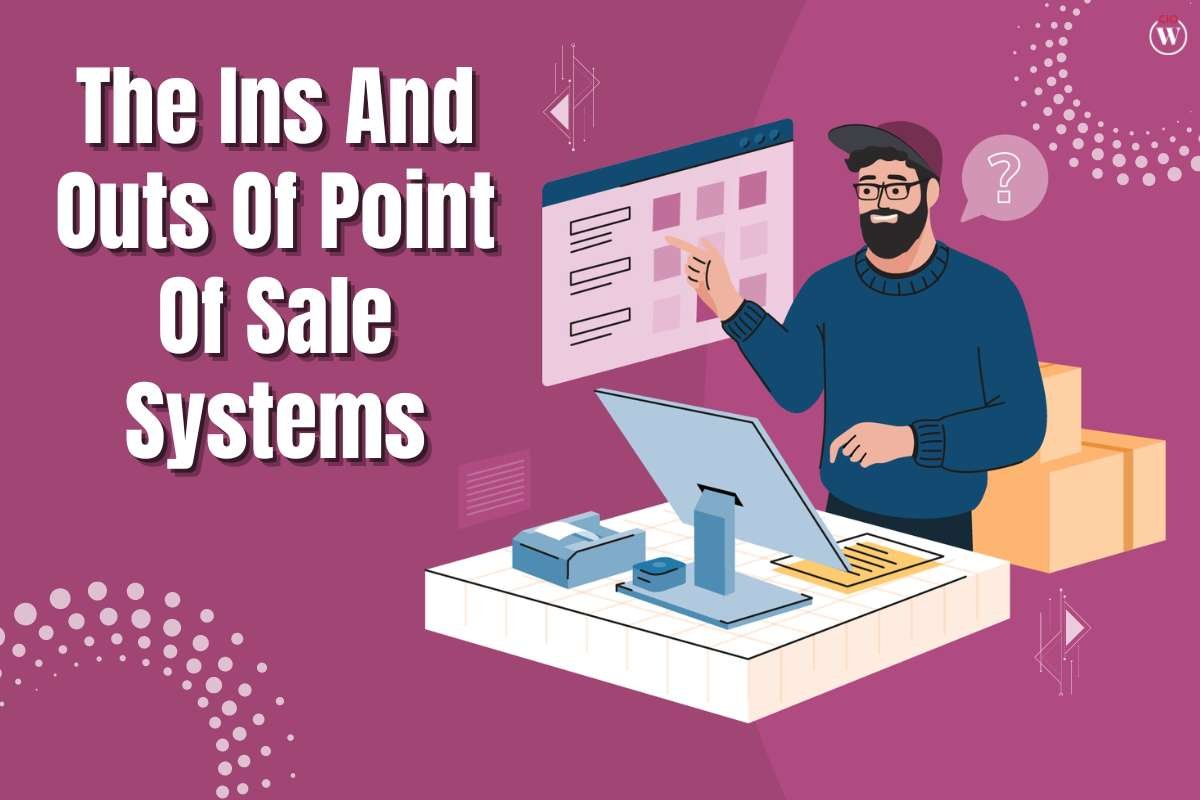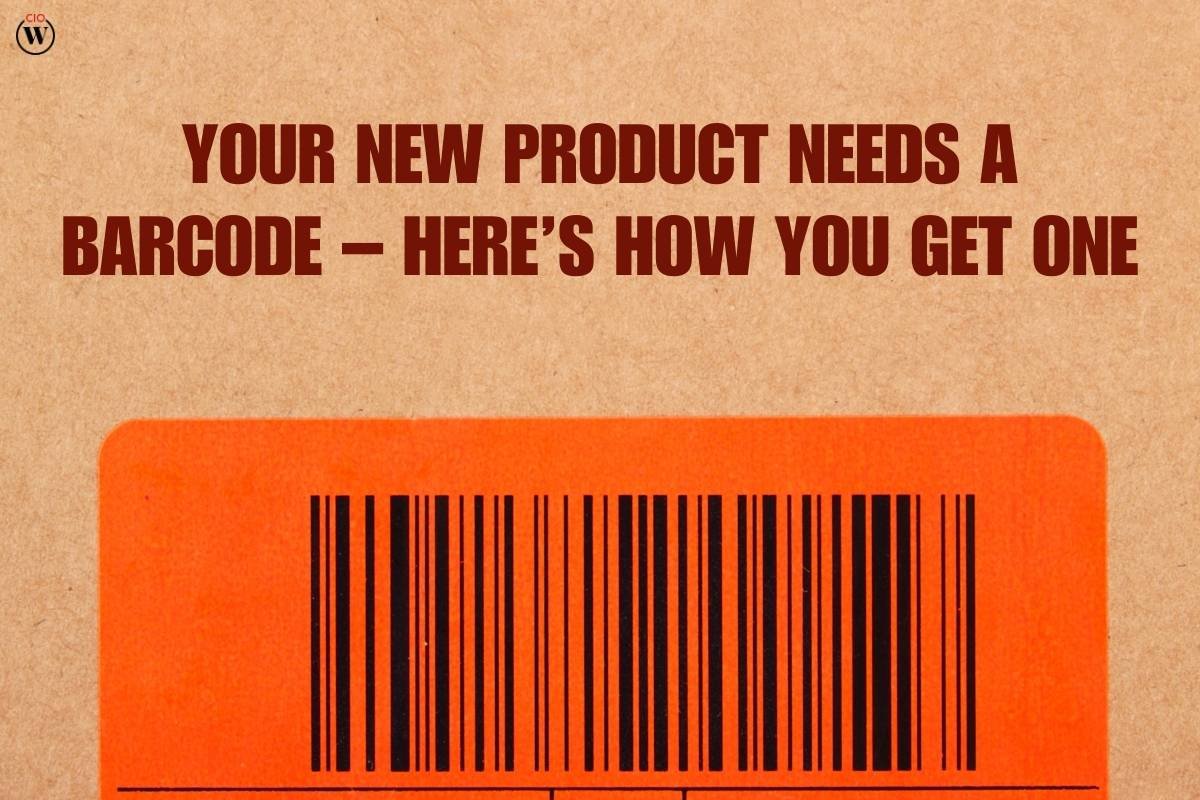There is nothing fatally wrong with a basic e-commerce store, but it can be spotted from a mile away. It will have the same layout and the same fonts as pretty much every other in the rat race. It will possess the same uninspired product pages that feel more like a chore than a brilliant experience. This is obviously an issue with aesthetics, but by learning how to customize your ecommerce store, you can also solve a problem regarding engagement, conversion, and trust. If people cannot trust what you are offering, they will click away very quickly.
A lot of store owners think they simply need a better marketing ploy. The truth is that the site is probably flat and traffic will not stick – regardless of money spent. The biggest issue is that the store doesn’t feel personalized. It doesn’t feel like something that you have created yourself. Before you chase after the next profitable business idea or the next trend, you simply have to fix the foundation. As much as it is a catalog, mainly your brand’s first impression and a way to show off. Here are a few ways you can make it count and really stand out-
Four ways to customize your ecommerce store:
1. Stop Copying The Defaults
The free themes you are provided with can work for so long, but they shouldn’t be something you hang your hat on. Everybody has seen this kind of frame hundreds of times. Your store will look just like a template and you will lose any kind of edge you had before. The customers will not feel as though they have discovered something fresh and real. Use your design choices to tell a unique story and let everyone know about your business.
2. Make The Entire Site An Experience For The Visitor

It’s a good idea to bring your product pages to life with added context and interactive demos. You could also provide lifestyle images and stories that require scrolling. It’s easy to stick with small thumbnails and basic bullet points, but that’s what the majority do. People don’t want to think too hard when being presented with a product or service. High-quality Shopify development should be less about backend utility and more about brand-defining power. With a custom layout, you can transform small interests into something greater.
3. Show Off Your Expansive, Eccentric Side
It’s natural that you might want to remove quirks in order to look more professional. In some places, this is necessary, but it’s okay to show off your personality. Your personality will be the difference between brand loyalty and significant bounce rates. Don’t just word things how you think they should be – say it exactly how you would. Customers will feel more connected to the humans behind the brand.
4. Build Depth And Layers

If you create layers, you will build a lot more trust. The likes of educational content and shoppable guides can tell a better story about you and your brand. People will feel the need to go deeper into your site and invest more attention. The more time they spend here, the more they will believe in the project. This depth is key to customize your ecommerce store for long-term engagement.








